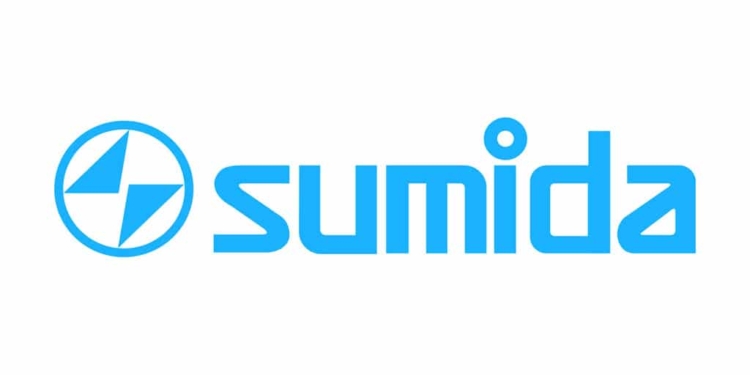Source: Sumida news
We are pleased to announce that Sumida Group, based on the resolution of the representative executive officer has reached a basic agreement today with Pontiac Coil Inc. in the United States (hereinafter called “Pontiac”) over the acquisition of 100 percent of Pontiac shares by SUMIDA AMERICA HOLDINGS INC., a Specific Purpose Company to be established as a wholly-owned subsidiary of SUMIDA CORPORATION.
1. Purpose
Sumida Group implements this deal to realize a high-quality strategic M&A as well as to achieve more than 10-billion-yen operating income as targeted in our Mid-Term Business Plan Stage III (2018-2021), the final leg of the Master Plan.
Pontiac engages in development, manufacturing and selling of various kinds of coils for the automotive industry with a central focus on the U.S. market. Having their headquarters located near Detroit, Michigan in the United States, Pontiac has developed a close relationship with their customers. In consideration of a significant synergy effects expected to be generated by combining Pontiac’s technical strength, manufacturing capabilities and sales force with those of Sumida’s, we have signed a stock purchase agreement to acquire all shares of Pontiac.
2. Expected synergy effects
We expect the following synergy effects with Pontiac joining Sumida Group.
(1) Expanding customer base
As not many of Pontiac’s customers are overlapped with Sumida’s customers, Sumida and Pontiac can expect to enhance customer services and expand distribution channels through cross-selling of both companies’ products with a mutually shared customer base.
(2) Responding to existing customers’ requests
Accommodating the needs of Pontiac’s customers arising from their global projects (to produce and sell in China and Europe) can be realized through a full utilization of Sumida Group’s local production networks. By doing so, Pontiac can improve customers convenience and expect to win more orders from them.
(3) Expanding R&D and production facilities and improving know-how of automated production
By utilizing Pontiac’s offices and factories, we expect to develop and produce Sumida’s products aiming at the U.S. market. As Pontiac specializes in almost full automated production, Sumida can utilize their expertise to improve a production automation within Sumida Group on a global basis.
3. Company profile of Pontiac
Company Name: Pontiac Coil Inc.
Head Office Location: 5800 Moody Drive Clarkston, MI 48348, United States
Manufacturing Locations: 5800 Moody Drive Clarkston, MI 48348, United States, 2110 Queensway Searcy, AR 72143, United States
Company Representative CEO: Nick Najmolhoda
Relationship with SUMIDA Group: No relationship in terms of capital, personnel, or business
Founded: in 1954
Sales Revenue: 46.4M USD (for fiscal ending May 31, 2017), 44.9M USD (for fiscal ending May 31, 2016)
Operating Income: 2.8M USD (for fiscal ending May 31, 2017), 2.0M USD (for fiscal ending May 31, 2016)
Business Lineup: Develops, manufactures, and sells coils and solenoids for the automotive, heavy truck and industrial markets
Number of Employees: 220 as of May 31, 2017
* For the purposes of protecting privacy of current owners, the disclosure items are limited.
4. Schedule
(1) Establishment of a specific purpose company to acquire Pontiac shares
Company Name: SUMIDA AMERICA HOLDINGS INC.
Representative: Kanji Hori
Registered Head Office: the state of Delware in the United States
Founded: in April, 2018
Business Lineup: Intermediary holding company
Fiscal-Year End: December 31
Amount of Capital: 0.1M USD
Company Owner: SUMIDA CORPORATION 100%
(Note) The above company will be included in Sumida Group’s consolidation.
(2) Date of share transfer: During the second quarter of FY2018
5. Impact on Sumida Group’s consolidation
Due to completion of the procedures for share transfer and its payment, timing for management transfer is expected to be by the end of the second quarter of FY2018. The impact from this merger on the consolidation of Sumida Group for FY2018 ending December 31, 2018 will be announced as soon as it becomes available.
































